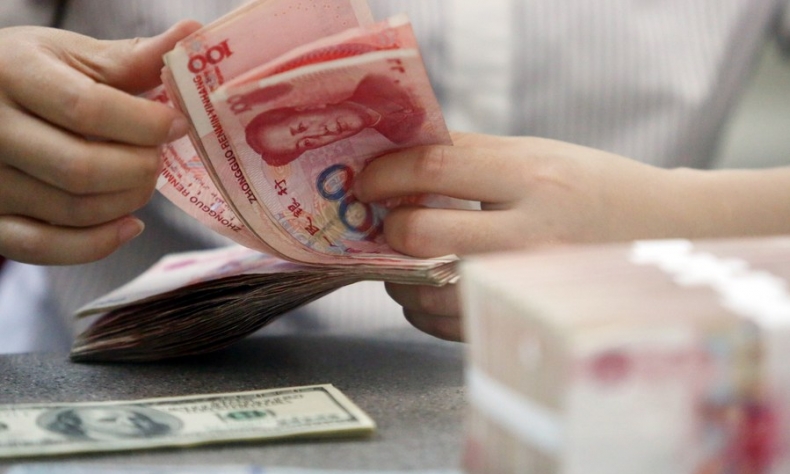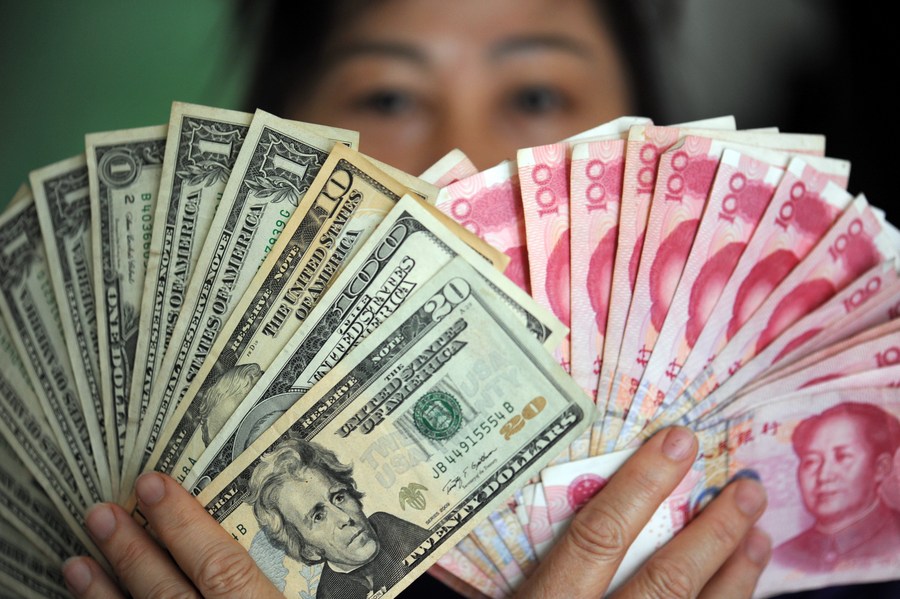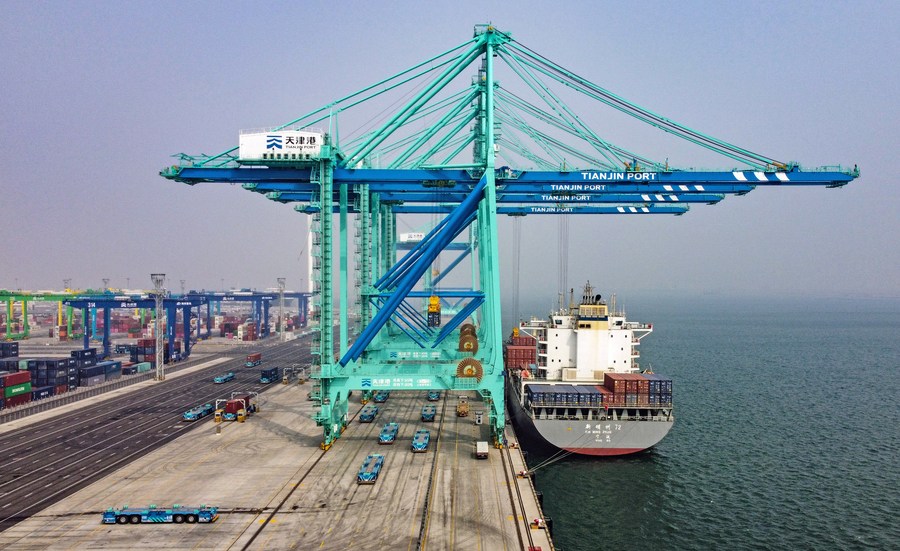The Rising RMB and the Stability of Global Financial System

It is expected that the RMB will become the world’s third-largest reserve currency in the next decade.
Today, the Chinese currency renminbi (RMB), or the yuan, has become one of the most positively performing currencies in the world. RMB has gained a strong position in global foreign exchange reserves in which its share climbed to 2.79 percent in the last quarter of 2021, the IMF reported. At the same time, the Chinese currency soared more than 8 percent against major trading partners last year, a six-year-high record.
The rising value of the RMB in the global financial landscape is a result of the currency’s internationalization and the support from China’s robust economic growth.
China’s gross domestic product grew 4.8 percent year on year to 27.02 trillion yuan (about $4.24 trillion) in the first quarter of 2022, picking up pace from a 4-percent increase in the fourth quarter last year, data from the National Bureau of Statistics (NBS) showed on April 18.
The financial institutions in China are expecting a further rise in the value of RMB in the coming weeks and months due to regional and global economic and political situations. The consistent rise of the RMB also reflects strong fundamentals of the Chinese economy that can endure shocks and turbulences in the world market. Booming exports, growing trade surplus as well as capital inflow are a few of the additional supporting factors for a soaring RMB.
The ongoing tensions between the West and Russia have led to financial chaos. The major world currencies like the U.S. dollar and euro are under pressure amid stern sanctions against Russia. This is another factor transferring global attention towards the Chinese economy. This helps the RMB in growth get a stable position in the global market, shoring up confidence in the international currency market.

According to the data of the Currency Composition of Official Foreign Exchange Reserves (COFER) released by the IMF, the Chinese currency amassed $336.1 billion in the last quarter of 2021. By 2021, the RMB has become the world’s fifth largest currency, following the U.S. dollar, euro, Japanese yen, and pounds sterling. The RMB’s proportion in the global foreign exchange reserves witnessed an upward trajectory from the third quarter of the same year, recorded at 2.66 percent of the world total.
Along with the RMB reserves, China holds its 58.8 percent reserves in the U.S. dollars, but the country believes the attraction of dollars is declining by time. The international economists further believe that this trend is irreversible and that the growing influence of the RMB is deeply linked with the growing economy of China.
Over the past years, China has been applying multiple tools to promote its currency in the international market, such as currency swaps, investments through the Belt and Road Initiative (BRI), and global trade.
There is also an argument that the U.S. dollar-based international financial system led by the United States is crumbling, whereas many economies expect the RMB will become a stabilizing factor for the world economy in the future as the currency speeds up its internationalization.
This trend is further linked to the geopolitical situation. Some experts argue that the RMB’s rise would have been rapid if the U.S.-led world order had not been pressed for protectionism and unilateralism. The Russia-Ukraine conflict will exert deep pressure on the stability of the euro and the U.S. dollar, but it is yet to be seen how these currencies will perform. Since China is easing the restrictions on capital flow, it is expected that the RMB will become the world’s third largest reserve currency in the next decade.

The Chinese government has allowed international financial institutions to play their role in the Chinese economy and offer lucrative opportunities to foreign investors through relatively higher returns. The expected investment inflow worth $3 trillion would take precedence over foreign direct investment in the next decade to boost growth and currency valuation. With these investments, China will be able to hold more assets in the RMB, adding to global exchange reserves and ensuring the stability of the exchange pattern.
The Chinese realignment with its currency at the international level is reflective of its apprehensions of any global crisis, which may create more polarization in the world and negatively affect the currency exchange reserves.
The Western sanctions against Russia and Russia’s demands for supporting the rouble in international trade would trim the use of the U.S. dollars and euros, but if the Ukraine crisis persists, it might have global implications. At this point, geopolitical conditions are generally favorable to China despite certain restrictions imposed by the United States on Chinese companies and products.
China is expanding its market in Africa, Europe, the Middle East, South Asia, Southeast Asia, and Latin America, which gives China enough breathing space and capacity to push the RMB in the international market. It will be beneficial for China and the trading partners with fewer U.S. dollar reserves, including Pakistan. The stable RMB exchange reserves would be readily available to import goods from China or any other market in the world. All in all, the soaring RMB will strengthen the stability of the global financial system in the long run.
The article reflects the author’s opinions, and not necessarily the views of China Focus.
 Facebook
Facebook
 Twitter
Twitter
 Linkedin
Linkedin
 Google +
Google +



